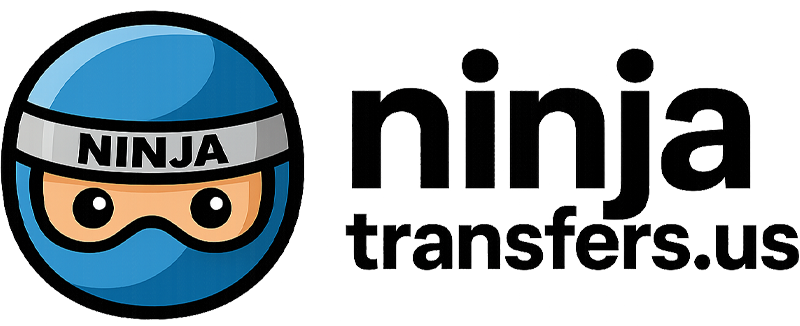1. Understanding Packaging and Printing Challenges and Pain Points
The high cost of traditional printing methods
Traditional printing methods have long been the backbone of the packaging and printing industry, but they come with significant costs. These methods, including offset and screen printing, require expensive setup fees, especially for small batch orders. The cost of plates, screens, and the labor involved in setting up each job can quickly add up, making it difficult for businesses to achieve economies of scale. Additionally, the waste generated during setup and testing phases further inflates costs, as materials cannot be reused once printed. This inefficiency not only affects the bottom line but also limits the ability of businesses to offer competitive pricing to their customers. **ninja transfers** addresses these challenges by leveraging **Direct to Film (DTF) printing technology**, which eliminates the need for costly setups and reduces waste.
Quality inconsistency across batches
Quality inconsistency is a major pain point in the packaging and printing industry, where even minor variations can lead to rejected batches and unhappy customers. Traditional printing methods are prone to inconsistencies due to factors like ink viscosity, screen tension, and environmental conditions. These variations can result in color mismatches, uneven prints, and other defects that compromise the final product’s quality. For businesses, this means additional costs in reprints and delays, not to mention the potential damage to brand reputation. ninja transfers solves this problem with its advanced DTF printing technology, which ensures consistent quality across all batches. By using high-quality inks and films, along with precise curing techniques, ninja transfers delivers prints that meet the highest standards every time.
2. ninja transfers’s Innovative Solution Approach
Introduction to Direct to Film (DTF) printing technology
Direct to Film (DTF) printing technology represents a significant leap forward in the packaging and printing industry. Unlike traditional methods, DTF printing involves printing designs directly onto a special film, which is then transferred onto the substrate using heat and pressure. This process eliminates the need for screens or plates, significantly reducing setup costs and time. DTF printing also offers superior print quality, with vibrant colors and fine details that are difficult to achieve with other methods. ninja transfers has perfected this technology, offering businesses a cost-effective and high-quality solution for their packaging and printing needs.
How DTF printing addresses industry pain points
DTF printing addresses several key pain points in the packaging and printing industry. First, it drastically reduces the cost and time associated with setup, making it ideal for both small and large batch orders. Second, it ensures consistent quality across all prints, eliminating the variability associated with traditional methods. Third, DTF printing is more environmentally friendly, as it produces less waste and uses fewer harmful chemicals. ninja transfers leverages these advantages to provide businesses with a reliable and sustainable printing solution. With its advanced technology and commitment to quality, ninja transfers is setting a new standard in the industry.
3. Technology and Methodology Behind the Success
Overview of ninja transfers’s DTF printing process
ninja transfers‘s DTF printing process begins with the creation of a digital design, which is then printed onto a special film using high-quality inks. The printed film is then coated with a powder adhesive and cured to ensure durability. Finally, the design is transferred onto the substrate using heat and pressure, resulting in a vibrant and long-lasting print. This process is not only efficient but also highly customizable, allowing businesses to create unique designs that stand out in the market. With its state-of-the-art equipment and rigorous quality control measures, ninja transfers ensures that every print meets the highest standards of quality and durability.
4. Proven Results and Customer Case Studies
Case study: Reducing costs for a B2B client by 30%
One of ninja transfers‘s B2B clients, a mid-sized packaging company, was struggling with the high costs and inefficiencies of traditional printing methods. By switching to ninja transfers’s DTF printing technology, the client was able to reduce its printing costs by 30%, while also improving print quality and turnaround times. The client praised ninja transfers for its innovative solution and exceptional customer service, noting that the switch has had a significant positive impact on their business. This case study highlights the tangible benefits that ninja transfers’s DTF printing technology can deliver for businesses looking to optimize their packaging and printing processes.
5. Implementation Process and Ongoing Support
Step-by-step guide to getting started with ninja transfers
Getting started with ninja transfers is a straightforward process. First, businesses can contact ninja transfers to discuss their specific needs and requirements. Next, ninja transfers’s team of experts will work with the client to create a customized printing solution that meets their exact specifications. Once the design is finalized, ninja transfers handles the entire printing process, from prepress to final delivery. Throughout the process, clients receive ongoing support and quality assurance, ensuring that their prints meet the highest standards. With its commitment to customer satisfaction and excellence, ninja transfers makes it easy for businesses to transition to DTF printing and start reaping the benefits.

